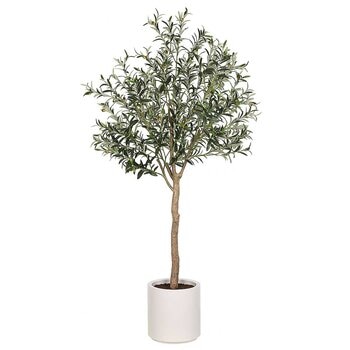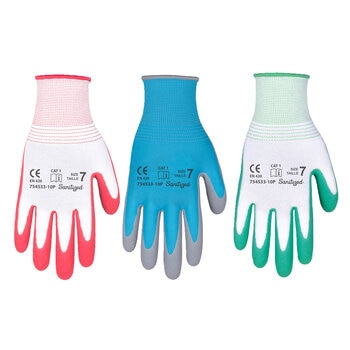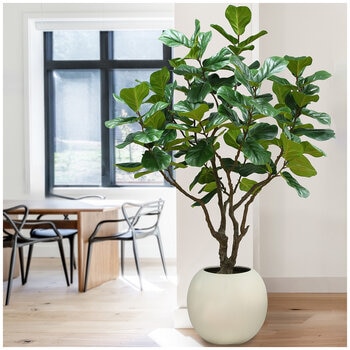Create a stunning outdoor space that’s also animal friendly.
If you dream of lush lawns, verdant greenery and neat entertaining areas, then it pays to factor your pet into your landscape design. Because as much as we might like to think our cats and dogs ought to follow our rules, they have natural instincts and needs that may counteract how you’d prefer your garden to look and function.
So whether you need to plant a hedge to obstruct the view of a cat run, raise some garden beds to keep puppies off your favourite plants or cleverly position a gate to obstruct mischievous antics, there are many things you can do to create a space that’s enriching for pets and pleasing to the human eye.
Make a map
Before you start planting or building, landscape architect Phillip Withers suggests mapping out high-traffic areas – of both paws and feet – and creating pathways out of gravel or stone to save wearing out grass. “Consider tough plants that can withstand active dogs smashing through them,” he suggests.
Take this writer’s lived experience. After years of reseeding grass and replanting bushes to undo the craters left by our enthusiastic digger called Frank, we’ve reworked a few areas of our garden to cater to his natural golden retriever tendencies, rather than battle against them. For us, that’s meant installing pavers along his running track and loosening the soil in an out-of-sight area to give him his own dedicated digging patch. Finally, we’re able to come home to a pothole-free yard and give our loveable goofball a pat.
“Often dogs try to dig to irrigation pipes that flow with water – it becomes an adventure – so make sure that irrigation pipes are dug in properly,” Withers adds.
Design for wellbeing
At the same time, it’s important we maintain secure fencing so our pets stay home. “For dogs, that means no holes and no splintered wood that they could injure themselves on,” says Dr Jessica Wilde, Head of Veterinary Services at The Lost Dogs Home. “For cats who can jump, you can fence them in with some netting to keep them in your own space.”
And just as we might set up trampolines or slides to keep our children entertained, Dr Wilde says we need to think about keeping boisterous animals busy. “If they’re a digger, you might take them somewhere they can dig regularly, like the beach, or construct a sandpit and bury some balls or treats to make it exciting for the dog,” she suggests. “Make sure the dog’s got plenty of things to do while you’re not there. Regular walks and having regular interaction with them is important too.”
“There are many things you can do to create a space that’s enriching for pets and pleasing to the human eye.”
Safety first
When designing and maintaining a garden, keep your pet’s safety front of mind.
1. PLANT SAFE
When it comes to plant choice, Dr Wilde says it’s important to avoid toxic varieties. “Common ones we see are lilies, sago palms and devil’s ivy, which are highly toxic if ingested and can cause skin irritation. Sometimes dogs and cats brush against them or put their nose in them, or if your dog is a digger they might dig them up, exposing roots and bulbs, which can be the more toxic component of the plant.”
2. BE MINDFUL OF CHEMICALS
If you need to use fertiliser or weed killer, mind that your pet doesn’t inadvertently ingest something toxic. “Look for animal-friendly ones, and if you need to mulch
or fertilise areas, restrict your animal from getting into them with temporary fences or keep them inside while it filters through the soil,” Dr Wilde says. “Water fertiliser in before they are allowed back out and continue to supervise them closely.”
3. TIDY UP
“Take a look around the environment for things like rocks and pebbles that they might eat, and secure bins so they can’t tip them over and get into them,” Dr Wilde suggests.
4. PROTECT WILDLIFE
Enclose your cat’s outdoor area with mesh or a cat run so they can still enjoy the sunshine and fresh air, and ensure they wear a bell. Trim low branches so your dog can’t reach animals hiding in trees.





